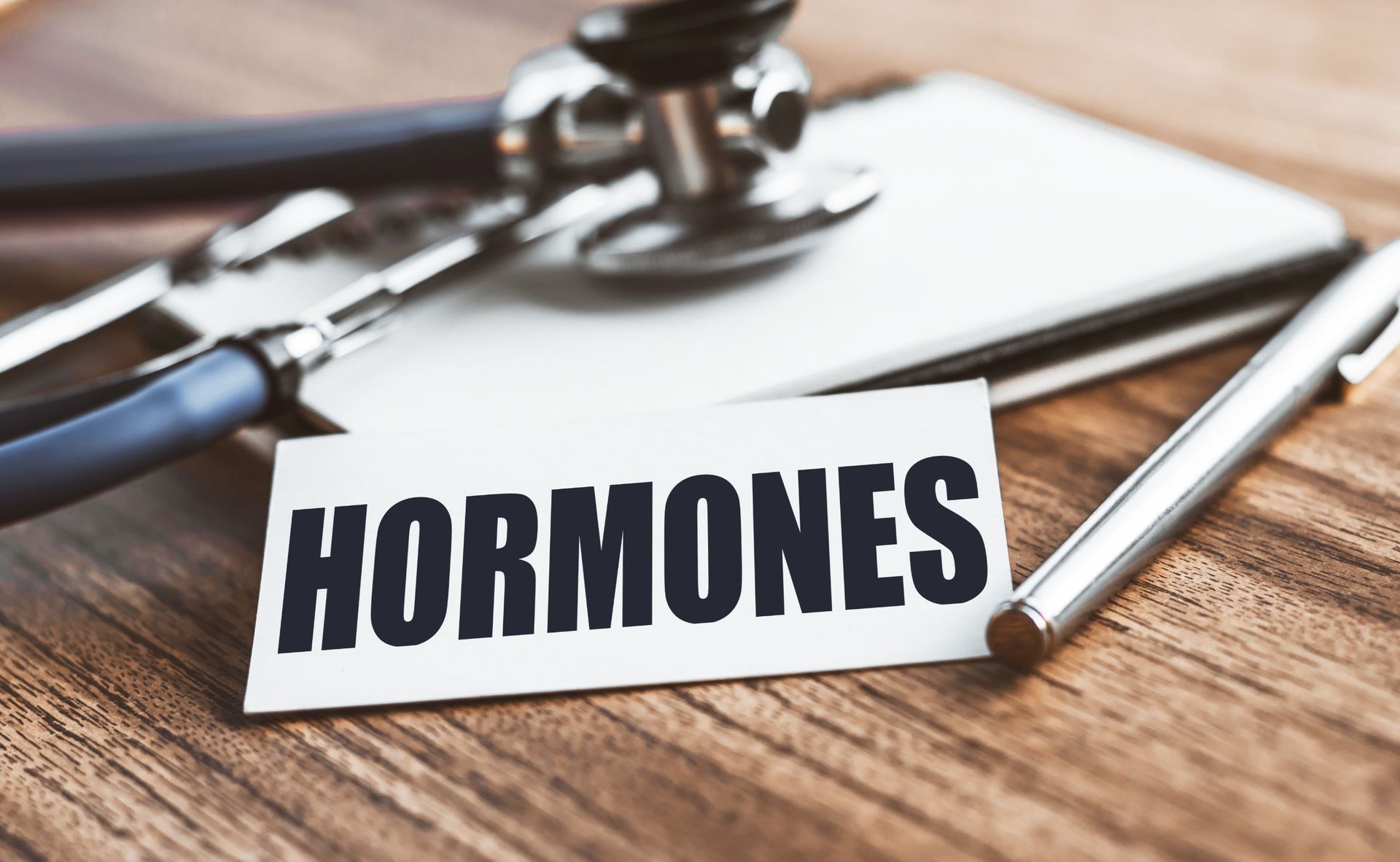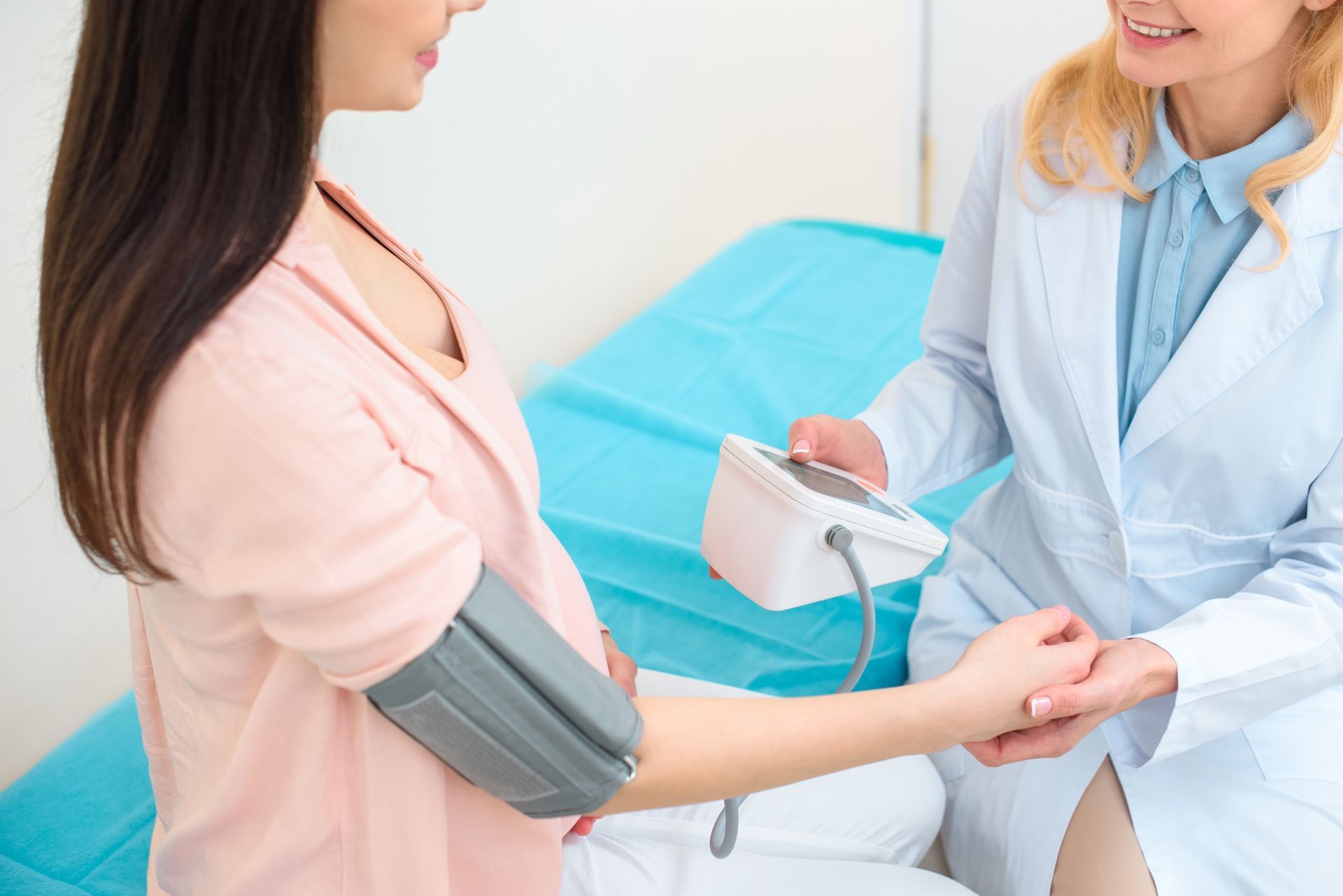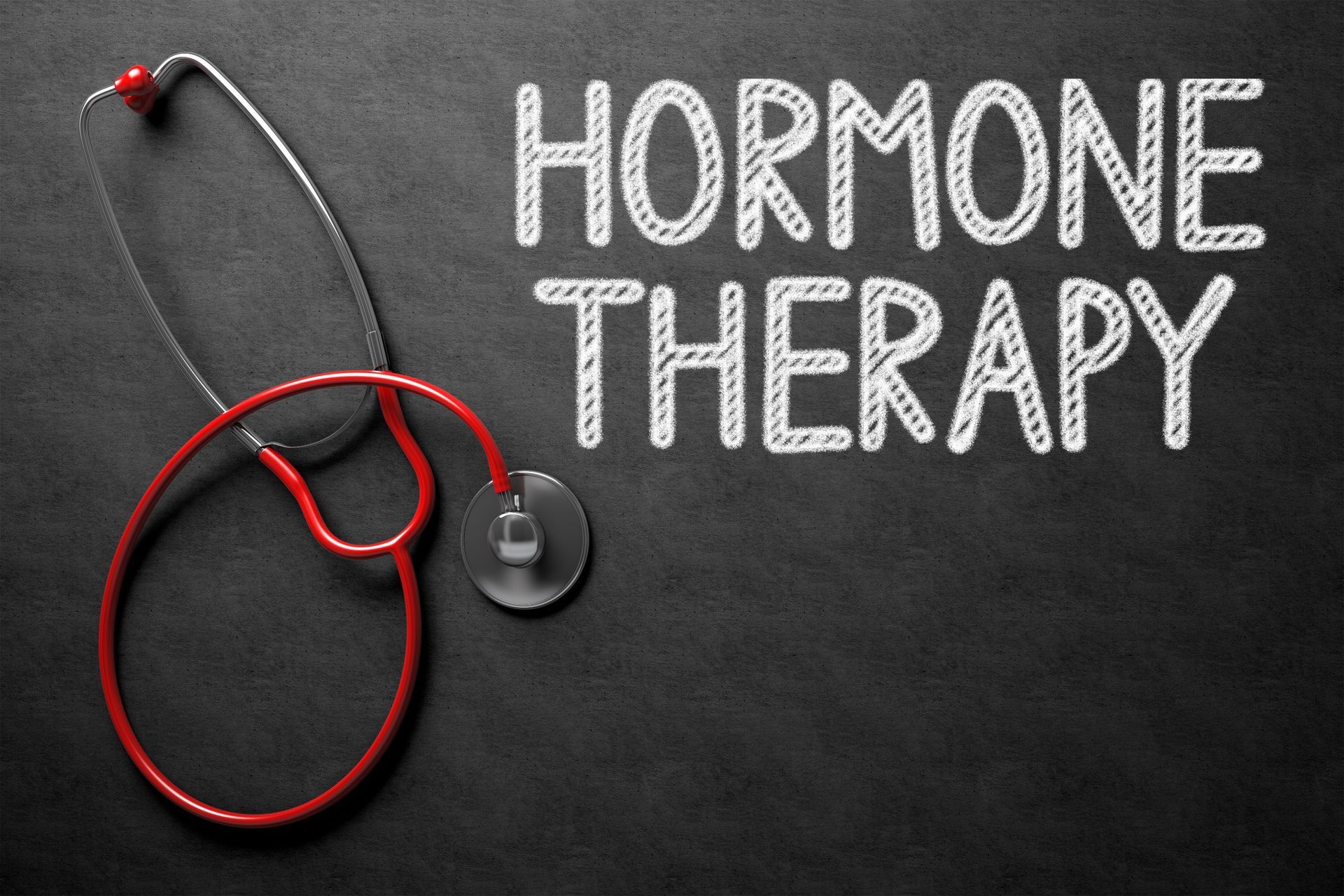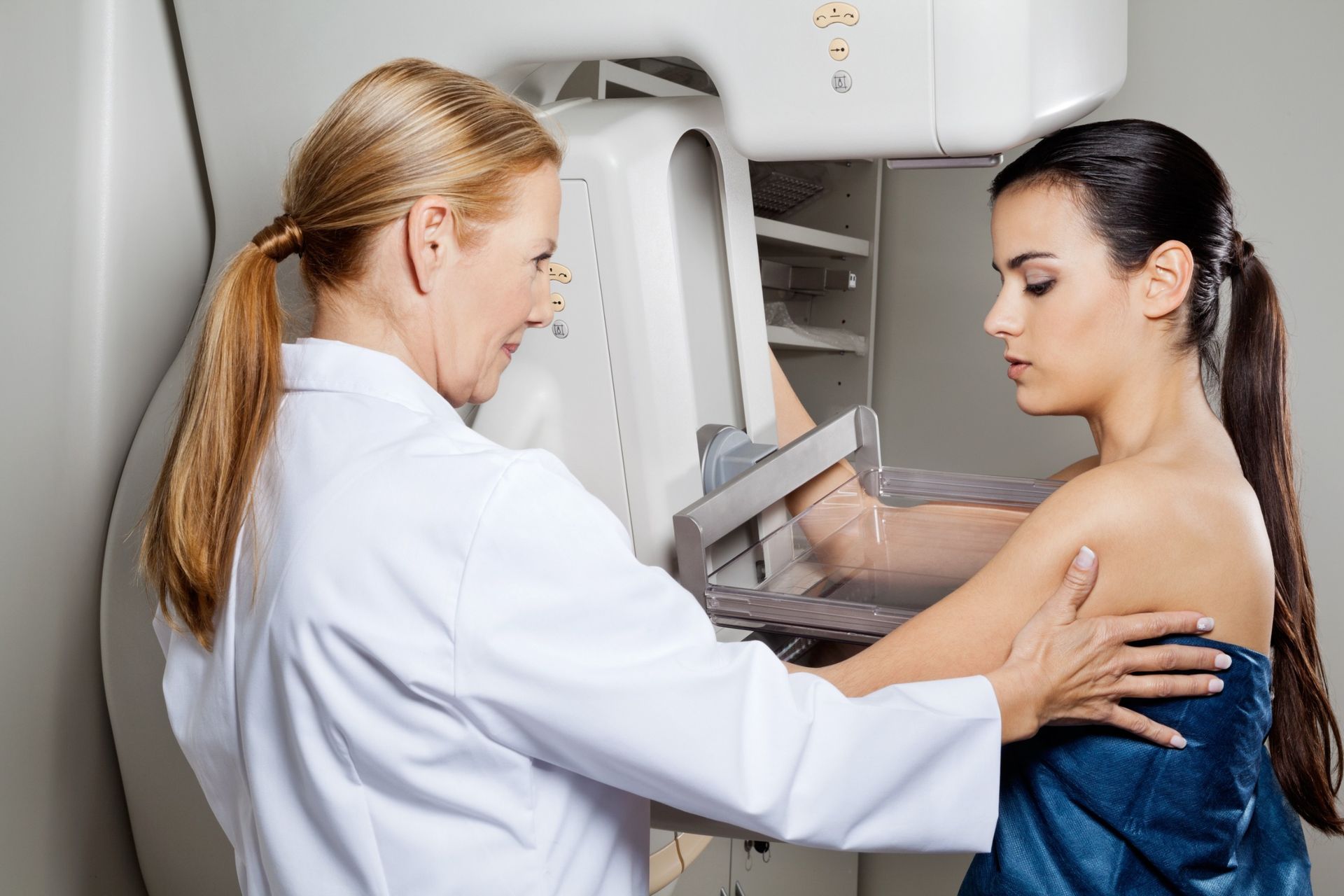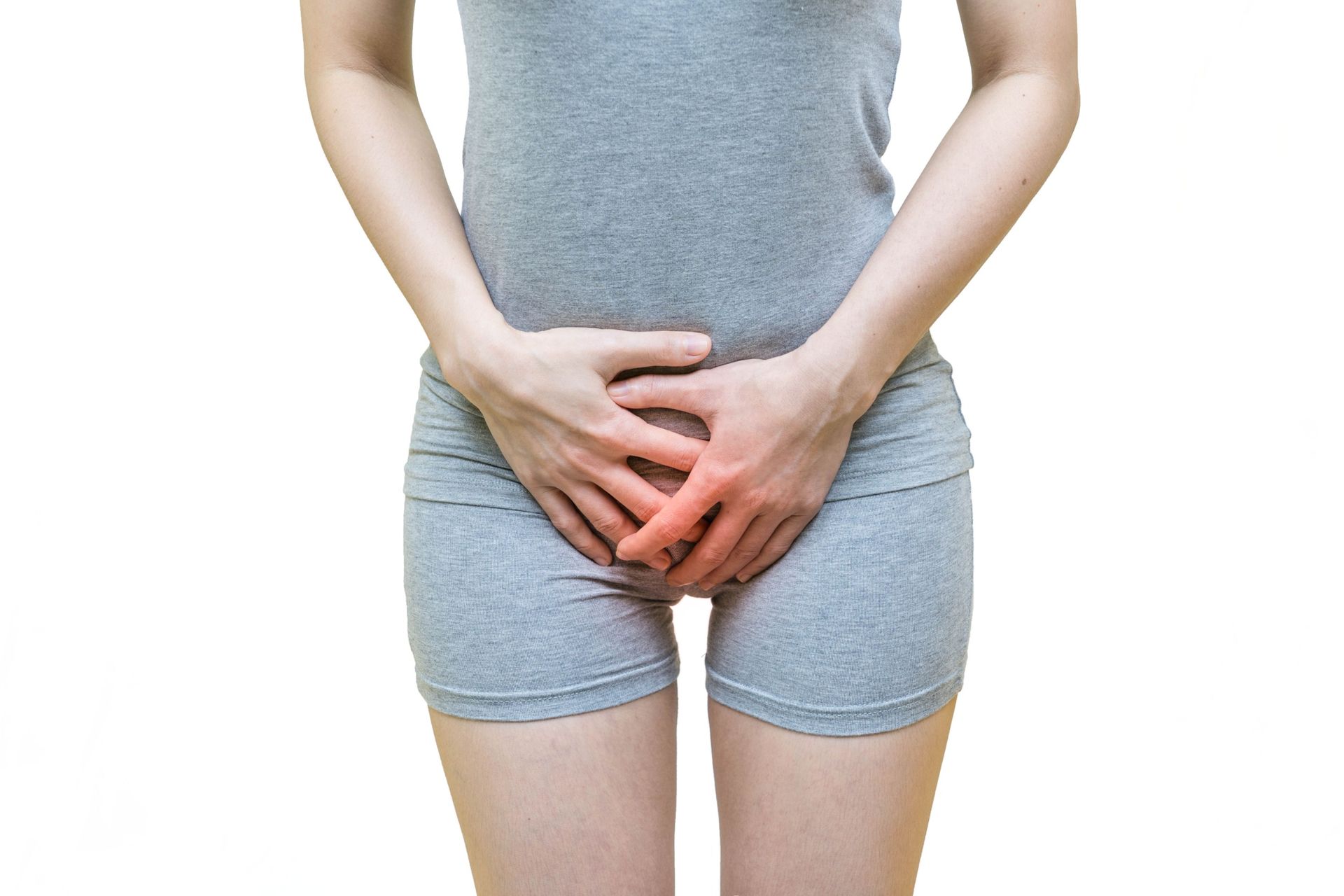What Causes Pelvic Pain in Women?
Pelvic pain in women can be quite a mystery. It can affect your lower abdomen, pelvic region, or even your lower back.
This kind of pain might be dull or sharp, consistent or come in waves. Various factors could be responsible for it.
Sometimes it's just a sign of normal bodily functions, while at other times, it points to a more serious issue. Understanding the causes is the first step to finding relief.
Let's understand some of the common reasons behind pelvic pain and see what might be causing it.
Common Causes of Pelvic Pain
1. Menstrual Cramps (Dysmenorrhea)
Menstrual cramps are a frequent cause of pelvic pain in women, usually occurring before or during a period. These cramps are caused by the uterus contracting to shed its lining. While common, they can be quite uncomfortable and vary in intensity.
- Symptoms: Dull or throbbing pain in the lower abdomen or pelvis.
- Treatment: Over-the-counter pain relievers, heating pads, and lifestyle changes like regular exercise.
2. Endometriosis
Endometriosis happens when tissue similar to the lining inside the uterus grows outside of it. This can cause significant discomfort and even fertility issues.
- Symptoms: Severe pelvic pain, especially during menstruation, pain during intercourse, and heavy periods.
- Treatment: Pain medication, hormonal therapies, and sometimes surgery.
3. Pelvic Inflammatory Disease (PID)
PID is an infection of the female reproductive organs, often caused by sexually transmitted infections like chlamydia or gonorrhea. If left untreated, it can lead to serious complications.
- Symptoms: Pain in the lower abdomen, fever, unusual discharge, and pain during sex.
- Treatment: Antibiotics, sometimes hospitalization in severe cases.
4. Ovarian Cysts
Ovarian cysts are fluid-filled sacs that develop on the ovaries. Many cysts are harmless and resolve on their own, but larger ones can cause pain and other symptoms.
- Symptoms: Pelvic pain, bloating, painful bowel movements, and pelvic pressure.
- Treatment: Monitoring, pain relievers, and possible surgical removal if they are large or problematic.
5. Urinary Tract Infections (UTIs)
A UTI can cause pelvic pain along with a burning sensation during urination and a frequent need to go to the bathroom. It's essential to treat UTIs promptly to avoid complications.
- Symptoms: Pelvic pain, burning sensation during urination, frequent urination, and cloudy urine.
- Treatment: Antibiotics and increased fluid intake
Less Common Causes of Pelvic Pain
Pelvic pain can also stem from conditions and issues that are less common but equally important to recognize. Let's explore some of these:
6. Interstitial Cystitis (IC)
Also known as painful bladder syndrome, IC is a chronic condition that causes bladder pressure and pelvic pain.
Symptoms:
- Persistent pelvic pain
- Frequent urination, often in small amounts
- Pain during intercourse
Treatment:
- Medications to relieve symptoms
- Physical therapy
- Lifestyle changes such as dietary modifications
7. Fibroids
Fibroids are noncancerous growths in the uterus that can cause significant discomfort.
Symptoms
- Heavy menstrual bleeding
- Pelvic pain and pressure
- Frequent urination
Treatment:
- Medications to control symptoms
- Non-invasive procedures
- Surgery in severe cases
8. Ectopic Pregnancy
An ectopic pregnancy occurs when a fertilized egg implants outside the uterus, often in a fallopian tube. This is a medical emergency that requires immediate attention.
Symptoms:
- Sharp, sudden pelvic pain
- Vaginal bleeding
- Dizziness or fainting
Treatment:
- Emergency surgery
- Medications to stop the pregnancy
Diagnosing Pelvic Pain
Getting to the bottom of pelvic pain can be a bit of a journey, but it's essential for finding effective relief. Here's how healthcare professionals approach diagnosing pelvic pain:
Medical History and Physical Exam
- Detailed Questions: Your doctor will start by asking about your symptoms, medical history, and lifestyle. Be ready to discuss the nature of your pain, its intensity, timing, and any other symptoms you may have noticed.
- Physical Examination: This typically includes a pelvic exam to check for abnormalities, tenderness, or other signs of condition such as endometriosis or ovarian cysts.
Diagnostic Tests
To gather more information, your doctor may recommend the following tests:
- Ultrasound: This imaging test uses sound waves to create a picture of your pelvic organs and can help identify cysts or fibroids.
- Blood Tests: These can check for signs of infection and other potential causes of pelvic pain.
- Laparoscopy: A minimally invasive surgical procedure that allows doctors to look inside your abdomen and pelvis to diagnose conditions like endometriosis or ectopic pregnancy.
- Urine Tests: Useful for detecting urinary tract infections (UTIs) or other urinary issues
Treatment Options
When it comes to managing pelvic pain, there isn't a one-size-fits-all approach. The best treatment depends on the cause of your pain, its severity, and your overall health. Here are some of the most common methods used to treat pelvic pain:
Medication
Prescription and over-the-counter medications can help manage pain and address underlying causes:
- Pain Relievers: NSAIDs like ibuprofen can reduce pain and inflammation.
- Hormonal Treatments: Birth control pills, hormone therapy, or other medications can help with pain related to menstruation or conditions like endometriosis.
Lifestyle Changes
Simple modifications to your daily routine can make a significant difference:
- Exercise Regularly: Physical activity can relieve some types of pelvic pain.
- Dietary Adjustments: Certain foods might exacerbate symptoms; consider a nutrition plan tailored to your specific needs.
- Stress Reduction: Practices like yoga, meditation, and mindfulness can reduce pain by lowering stress levels.
Therapies
Various therapies can target pain at its source:
- Physical Therapy: Specialized exercises can strengthen pelvic muscles, reducing pain.
- Cognitive Behavioral Therapy (CBT): This can help manage chronic pain by changing the way you think about it.
Surgical Interventions
For severe cases where other treatments haven't worked, surgery might be necessary:
- Laparoscopy: Minimally invasive surgery can diagnose and treat conditions such as endometriosis.
- Hysterectomy: In some cases, removing the uterus might be recommended.
Tips for Managing and Preventing Pelvic Pain
Dealing with pelvic pain can be challenging, but with the right strategies, you can manage and even prevent it. Here are some practical tips that can make a big difference:
1. Prioritize Regular Exercise
Engaging in regular physical activity not only boosts overall health but can specifically help reduce pelvic pain. Exercise increases blood flow, strengthens pelvic muscles, and releases endorphins, which are natural painkillers.
- Activities to Try: Walking, swimming, yoga, and Pelvic Physical Therapy exercises.
- Tip: Start with gentle movements and gradually increase intensity based on your comfort level.
2. Maintain a Healthy Diet
What you eat can have a significant impact on your pelvic health. A diet rich in fruits, vegetables, whole grains, and lean proteins can help reduce inflammation and manage symptoms related to conditions like endometriosis and fibroids.
Foods to Include:
- Leafy greens like spinach and kale
- Anti-inflammatory foods like berries and fatty fish
- Whole grains like quinoa and brown rice
Foods to Limit:
- Processed foods high in sugar and unhealthy fats
- Caffeine and alcohol, which can irritate the pelvic area
3. Stress Management Techniques
Stress can exacerbate pelvic pain, so finding ways to manage stress is crucial. Techniques like deep breathing, meditation, and mindfulness can be incredibly beneficial.
Mindfulness Practices:
- Daily meditation for at least 10 minutes.
- Deep breathing exercises during moments of acute pain.
Tip: Consider using a meditation app to guide your practice and keep you consistent.
4. Pain Relief Strategies
Implementing effective pain relief strategies can provide immediate and long-term relief from pelvic pain. It's about finding what works best for you.
- Heat Therapy: Applying a heating pad or warm compress to the pelvic area can relax muscles and reduce pain.
- Over-the-Counter Pain Relievers: Medications like ibuprofen and acetaminophen can help manage acute bouts of pain.
- Alternative Therapies: Acupuncture and massage therapy can offer relief and promote relaxation.
5. Seeking Professional Help
If pelvic pain persists, it's essential to consult with a healthcare professional. They can provide tailored advice and treatments based on your specific condition.
When to See a Doctor:
- If pain is severe or persistent
- If you suspect conditions such as endometriosis, fibroids, or urinary tract infections.
Specialists to Consider:
- Gynecologists with expertise in pelvic pain.
- Pelvic Floor Physical Therapists.
Ready to take control of your pelvic health?
Pelvic pain is a complex and often frustrating issue that many women face. But, understanding its potential causes is the first step toward effective management and relief.
Remember, you're not alone in this—consult with healthcare providers who specialize in pelvic pain, and don't hesitate to explore different treatment options until you find what works best for you.
Taking proactive steps can lead to significant improvements in your quality of life.
Book an appointment today by calling 1-877-241-4004.
Call us today! 1-877-241-4004
507 S 4th St,
Clinton, Iowa, 52732
United States

